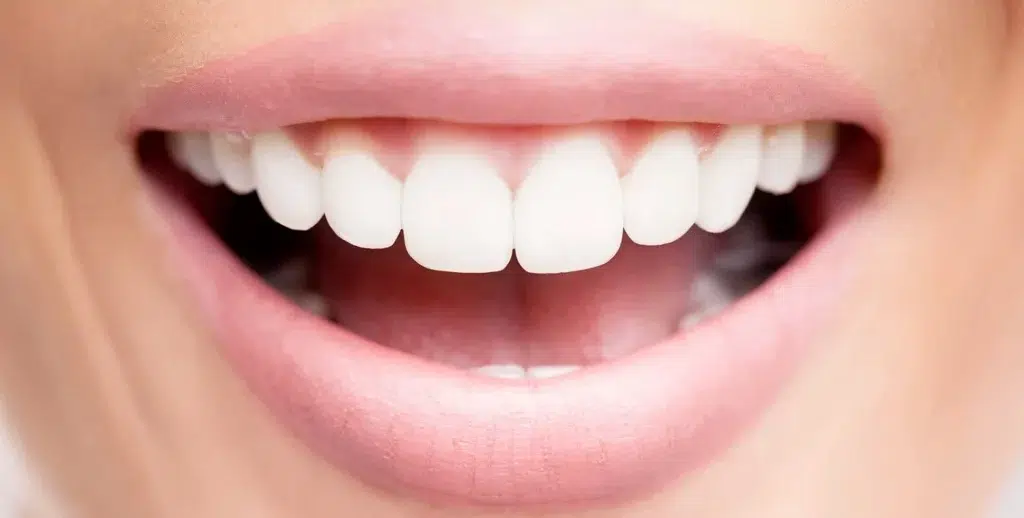
Learn About
Esthetic Treatments
Gingivectomy
Gingivectomy is a dental procedure that involves the surgical removal or reshaping of gum tissue (gingiva) to treat certain gum conditions or improve the appearance of the teeth. It is typically performed by a periodontist with specialized training in surgical procedures.
The primary goal of a gingivectomy is to eliminate or reduce the presence of excess gum tissue, particularly in cases where the gums have overgrown or extended over the teeth. This excess gum tissue can create aesthetic concerns, make it difficult to maintain oral hygiene, and contribute to gum disease.
The periodontist will thoroughly examine the oral condition and assess the extent of the gum tissue overgrowth or disease. They will also evaluate the underlying bone structure to ensure the appropriate treatment approach.
Using surgical instruments, the periodontist will carefully remove the excess gum tissue or reshape the gum line to achieve the desired outcome. The removal or reshaping may involve removing diseased tissue, reducing gum pockets, or creating a more proportionate and esthetically pleasing gum line. The remaining gum tissue is contoured and smoothed to ensure a natural and harmonious appearance. The periodontist may use sutures to close incisions or employ other techniques to aid in the healing process.
The patient will receive instructions on post-operative care, including proper oral hygiene practices. Typically, due to the minimally invasive nature of the procedure, patients will not require prescription medications or have dietary restrictions during healing. Follow-up appointments will be scheduled to monitor the healing process and ensure good oral hygiene.
Gingivectomy is often recommended for conditions such as gingival hyperplasia (overgrowth of gum tissue), gum disease (periodontitis), or to enhance the appearance of the smile. The procedure restores a healthier gum line, while also improving oral hygiene and esthetics. It is important to consult with a dental professional to determine if gingivectomy is the appropriate treatment option for your specific gum condition.
Crown lengthening
Dental crown lengthening is a surgical procedure performed to remove or reshape the gum tissue and, in some cases, bone to expose more of the tooth structure. The purpose of crown lengthening is to create additional space between a tooth restoration and the jawbone, allowing for various restorative or cosmetic dental treatments.
Crown lengthening may be recommended for several reasons:
- Restorative purposes: When a tooth is severely decayed or fractured near the gum line, crown lengthening can be performed to expose more of the tooth structure, allowing for better access to restore the tooth with a dental crown.
- Esthetic considerations: If a person has a “gummy smile,” where the gum tissue covers a significant portion of the teeth, crown lengthening can be done to reveal more of the tooth structure and create a more balanced and esthetically pleasing smile.
- Functional reasons: In cases where there is insufficient tooth structure exposed above the gum line to support a dental restoration or prosthetic, crown lengthening can be performed to provide the necessary space for placement.
The periodontist will perform a thorough examination, which may include dental X-rays, to assess the tooth’s condition and determine the appropriate amount of gum tissue and bone to be removed. The treatment plan is discussed with the patient, considering their specific goals and needs.
During the procedure, your periodontist will carefully remove or reshape the excess gum tissue to expose more of the tooth’s crown. In most cases, bone removal or reshaping may also be necessary to achieve the desired result. Sutures are used to close the incisions, promoting proper healing.
The patient will be given post-operative instructions, including guidelines for oral hygiene, dietary restrictions, and any necessary medications. Follow-up appointments will be scheduled to monitor the healing process, remove sutures, and assess the success of the procedure.

De-pigmentation
Gingival depigmentation, also known as gum depigmentation or gum bleaching, is a cosmetic dental procedure performed to reduce or remove dark or discolored pigmentation on the gums. The dark coloration is often caused by an excess of melanin, the natural pigment responsible for the color of the skin, hair, and gums. The procedure aims to improve the aesthetics of the smile by creating a more uniform and lighter gum color.
Your periodontist will use a scalpel or laser to make precise incisions in the gum tissue, removing the pigmented layer. Care is taken to avoid excessive tissue removal to maintain healthy gum tissue and proper function. After the pigmented tissue is removed, the area is carefully cleaned and sutures may be placed to aid in the healing process. The patient will receive post-operative instructions, including guidelines for oral hygiene, dietary restrictions, and any necessary medications. Follow-up appointments are advised to monitor the healing process.
Gingival depigmentation aims to achieve a lighter, more uniform gum color. The results are typically long-lasting, but it’s important to note that melanin production can continue, and pigmentation may recur over time. Minimal touch ups may be required following healing to remove any remaining pigment from the gum tissues. Regular oral hygiene practices and maintenance therapy are important to help maintain the desired results
It’s essential to consult with a dental professional experienced in gingival depigmentation to discuss the benefits, risks, and limitations of the procedure, as well as to determine if it is the appropriate treatment option for achieving the desired aesthetic outcome.
